
Issue #82: Tuesday 27 October, 2025
Another long time since my last issue, my apologies. Quite a few things have been happening in my life, which have delayed my publishing, but I think I’m almost back to a more usual level, and I hope to get back to a more frequent schedule for this newsletter. At least with this gap, there’s plenty of books and media for me to talk about.
I’m pushing myself to get out of my reading slump, setting aside time in the afternoon and the evening which is dedicated to reading. I’ve certainly read more in the last few weeks than has been the case in recent months.
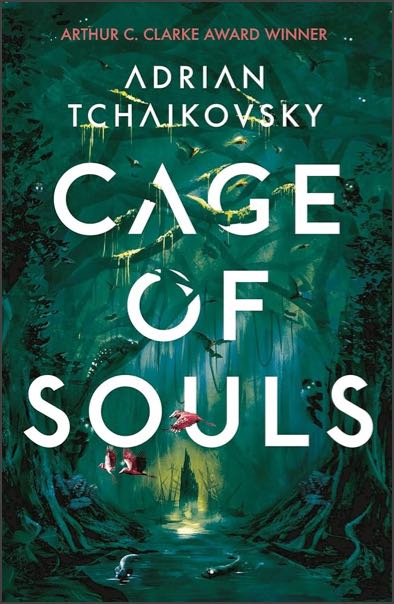
That was interesting. It’s SF, of course, science fiction set on Earth, but it’s in the far future and they’ve never developed any kind of interstellar or even interplanetary travel. It’s all set on the Earth. And there’s only one city left on Earth. Everything has become degraded and degenerated over time.
Humanity is pretty much all the same, but evolution has worked its way on lots of other animals. And so there’s these quite scary sort of monsters that have evolved. It starts in a way which is very reminiscent, deliberately so I think, of Conrad’s Heart of Darkness in that at the very beginning of the book, the protagonist is on board a ferry chugging its way up a river through dense jungle to reach a place called The Island, which turns out to be a floating prison. And the rest of the novel deals with events both on The island and how the protagonist came to be there, how he came to be imprisoned. I thought it was very well done. I enjoyed it a lot.
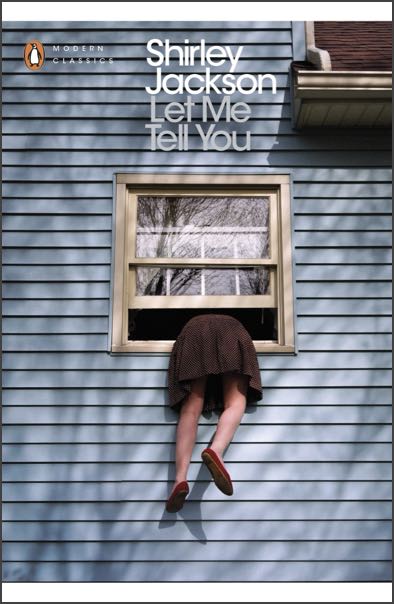
This is a collection of previously unpublished, or obscurely published, short stories by the American writer Shirley Jackson who was writing in the late 1940s up until her death in 1965 at the tragically early age of 48.
During her short life she wrote very prolifically. She squeezed in time to write between looking after a household and raising four kids, so she did a darn good job. I’m a big, big fan of her writing, and so it was wonderful to have this collection of new material, well, material new to me, which was put together, researched, and selected by two of her children.
I’ve always been sceptical of the suggestion that Jackson was a writer of horror, and these stories don’t change my view. Strange stories, yes, even weird stories, and some with hints of disturbing things going on. But not horror as such. Everything she writes leaves you thinking and pondering.
A great writer, terrific writer.
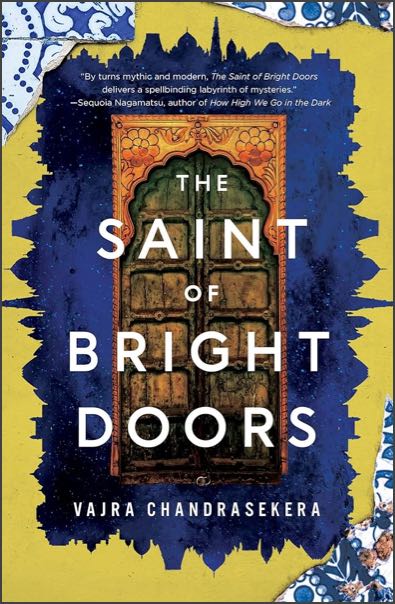
Perry and I discussed this book, which won the Nebula Award, on our podcast. I didn’t much care for it. This is, in part, what I said:
All I can say is that this shows me how far my taste has now moved away from Nebula and Hugo Award nominations. I really didn’t enjoy the book at all and I really, really, really had to push myself to get through it and finish it because we were going to talk about it here. So I kept pushing and pushing and pushing and I got to the point where I kept turning to the book and thinking, this bloody book, I’ve got to keep reading this bloody book.
I couldn’t make any sense of what the book was supposed to be about. I couldn’t get invested in or feel any sympathy at all for the main character. I found that the fantasy elements were both unconvincing and uninspired. Fantasy tropes kept popping up. It just kept dropping in all these new elements, fantasy elements, seemingly arbitrarily, and almost nothing of this is explained. For example, the key concept of these bright doors whose existence is never given any kind of clear explanation or justification or let alone any logic behind them. So I found it inventive, yes, but completely shallow. For me, it didn’t have any relation to real people or real things or the real world. And I think all fantasy has to do that. Otherwise, as Philip Pullman says, otherwise it’s just a load of old cobblers. And this, to me, was a load of old cobblers. So hated it.
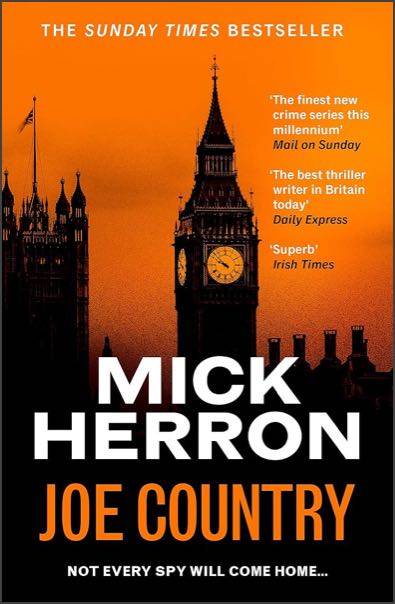
Another very readable thriller in the Slough House series by Mick Herron, centred on a group of failed MI5 agents. This one is the sixth novel in the run, but there are also a couple of novellas which fit into the timeline before this one (and a plot element from those comes into the plot of this novel). I don’t have a lot to say about it, without going into a long plot summary, which I’d rather not do. If you like this series, you’ll certainly enjoy this one.
And of course, if you like the books, don’t miss the terrific TV series titled Slow Horses on Apple TV, starring Gary Oldman, who is brilliant as the disgusting head of the Slough House group, Jackson Lamb, and Kristin Scott Thomas as the scheming senior executive of MI5.
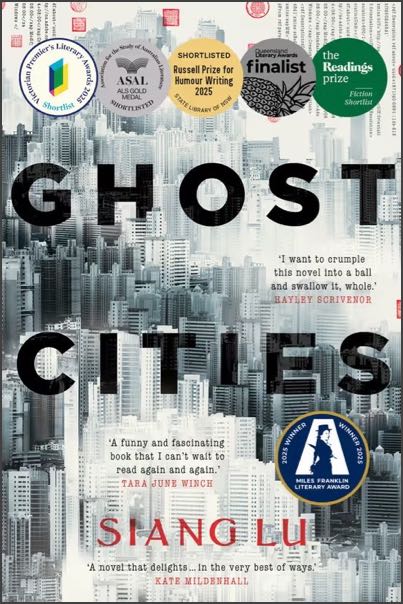
Perry and I read this for discussion on our podcast. It was the winner of this year’s Miles Franklin Award (which is Australia’s premier literary award). I quite liked it, with reservations. This is what I had to say:
I guess I could say that above all it’s a playful book, playing with history, culture and ethnicity and examining what it means to be of Asian heritage in a country like Australia. At times the book is very amusing, though never laugh-out-loud funny, and there are some very grim passages.
It’s essentially told in two parallel streams, told in alternate chapters.
One of these streams, with which the book begins, is a fanciful historical narrative of a particular Emperor of China (or of a China-like country, I don’t think it’s ever explicitly said that it’s China). There’s a good deal in these historical sections which remind me of the works of Jorge Luis Borges; other commenters have mentioned writers such as Italo Calvino, particularly his book Invisible Cities. Much of this narrative centers around the Emperor and his obsessions and his treatment of his younger brother, the heir to the throne. The Emperor is so concerned about his brother possibly usurping him (with no evidence that his brother plans to do so), that he names him the Imperial Traitor and incarcerates him in a vast prison nicknamed The Six Levels of Hell. The Emperor then takes his brother’s wife as his own consort, who he eventually installs in a complex labyrinth beneath the palace. That’s the grim side of that story; but there’s also a good deal of humour and absurdity in these chapters, as the Emperor’s paranoia leads him to more and more extremes.
The second stream of the narrative is set in modern-day Sydney and then in modern-day China, and is told from the first-person point of view of a young man called Xiang Lu, who as the story opens is working as an interpreter for the Consul-General of the People’s Republic of China. There’s only one problem: though he is of Chinese ethnicity, Xiang Lu doesn’t actually speak or understand Mandarin, and has managed to get by so far by cutting and pasting text to and from Google Translate. His subterfuge is soon discovered and he is fired. Little does he know, however, that staff at the Consultate have been posting his bad translations on social media with the hastag #BadChinese, and these have become viral in both the local Chinese community and in mainland China. He’s a laughing-stock.
It’s at this point that he receives an unexpected invitation to attend a screening of a new film called Death of a Pagoda by the director Baby Bao, who deliberately makes bad films, but so bad they have become an artform. Xiang Lu, on the basis of his reputation as #BadChinese, is employed by Baby Bao, who is embarking on a huge epic to be filmed in one of China’s “ghost cities”—whole cities constructed from scratch in China in anticipation of future need but which are currently empty.
I’m trying hard not to go into too much detail, so, briefly: Xiang Lu falls in love with Baby Bao’s official translator, a young woman called Yuan, (who does speak Mandarin like a native). They eventually are flown to the ghost city Port Man Tou and The Director begins to fill the city with actors playing roles as the inhabitants of the city. Everything is being filmed, all the time, to create this epic movie. But things begin to blur: are the actors actually playing roles, or are they just being the inhabitants? As time goes by, The Director begins to announce more and more restrictive rules controlling the actors/inhabitants, what they can do and where they can go, so the film production begins to resemble a totalitarian regime.
As the novel rolls on with the alternating chapters I mentioned, we start to see the increasingly strong parallels between the historical story and the modern story.
I did enjoy reading the book, but I would need to read it for a second time to really appreciate it. It’s a very puzzling book in some ways. As I said, it’s often amusing, and you finish it with a smile: it’s not basically a book of humour, but it’s definitely a playful book. Do I think it deserved the Miles Franklin Award? I can’t judge, not having read the others on the short list.
Perry was a good deal less positive about the novel.
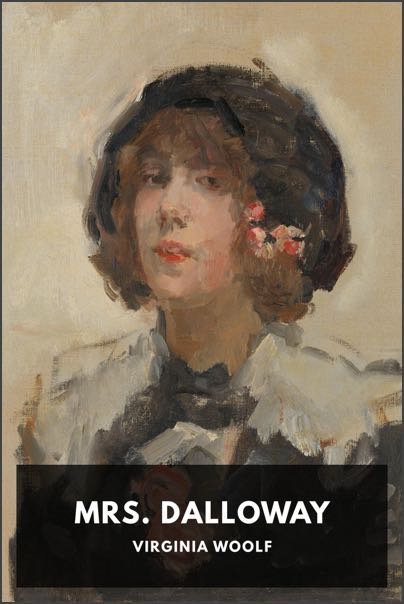
I hadn’t previously read much Virginia Woolf, in fact nothing except Orlando, read many years ago. I did see the movie The Hours, based very loosely on this novel by Woolf, and with a wonderful score by Philip Glass.
But the reason I wanted to read Mrs Dalloway now was that I wanted to read Thunderhead by Australian writer Miranda Darling, and I realised on picking up that book that it must have a deliberate connection with Woolf’s novel. So I figured I had to read the Woolf first.
I’m glad that I did, though, I enjoyed Mrs Dalloway a great deal. Set in the period between the First and Second World Wars, it centres on a day in the life of Clarissa Dalloway, a wealthy socialite married to a Member of Parliament, but it covers many other people. It’s written essentially as a string (well, a tangled loop) of streams-of-consciousness of these varied characters, shifting between their thoughts as they come into contact with each other, sometimes flipping between two points of view within a single paragraph.
I was taken in particular by the parts of the narrative dealing with Septimus Smith, who fought in the Great War and is suffering severely from what we would now call PTSD, essentially going crazy; and his poor, poor Italian wife Lucrezia who struggles to deal with his delusions. Septimus eventually commits suicide and one can’t read about that, of course, without being conscious of Woolf’s own later suicide in real life.
Really good. I must get on and read more of Woolf’s work. By the way, all of her novels published prior to 1930 are available as free ebooks from Standard Ebooks.
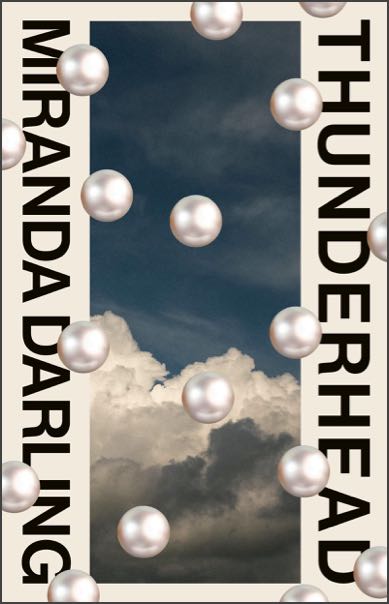
It was obvious that this book by an Australian author was intended as an homage to Woolf’s novel Mrs Dalloway, since the point-of-view character is called Winona Dalloway and because the novel’s epigraph is a quote from Virginia Woolf. So I had to read the Woolf first.
Thunderhead is set in the modern world, and it echoes Mrs Dalloway to the extent of being about the troubled inner life of its main character, and that it is told as a series of streams-of-consciousness. Except that here, each of the “characters” are different voices within Winona’s head, sometimes accusing, sometimes supporting her as she comes to an understanding that she isn’t really losing her mind, she’s being gaslighted by her controlling husband.
I quite enjoyed this, and am thankful to it for prompting me to read the Woolf novel. I will roll on to another novel by Darling, Fireweather. I obtained both books together for one price because of a deal with Readings Bookshop.
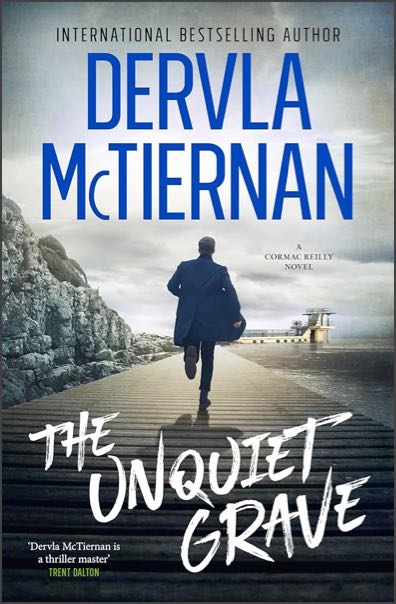
This is the fourth novel in a series by this Irish-Australian author featuring her character Cormac Reilly, a detective inspector in the Irish Garda. It’s a good addition to the series. There are at least three story threads to this novel, starting with the discovery of a body in a bog—not a prehistoric body, but a modern one. Cormac is one of the investigators trying to work out who this person is, and how they died. Another major thread is that Emma, Cormac’s ex-wife, has remarried to an IT security specialist, who has now mysteriously gone missing while in Paris on business, and she begs Cormac for help. These story threads seem unrelated but they of course eventually come together in a very satisfying way.
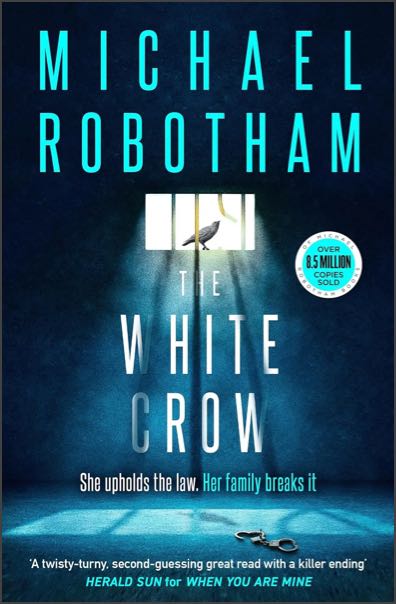
An excellent thriller from Michael Robotham, who is a very prolific writer. Though he is Australian, most of Robotham’s novels are set in the U.K., where he spent many years as a journalist and ghostwriter.
This one features a young police officer, Philomena McCarthy. Her budding career in the police force is made considerably more difficult by the fact that her father and her several uncles are all long-time criminals. The story here starts with Philomena spotting a very young child out on her own well after dark. When she is able to coax the child out of hiding, her heart sinks when the young girl tells her that she’s outside because she couldn’t wake her mother. Dreading the worst, Philomena gets the girl to show her the family’s house, where indeed awful things have happened. This then becomes tied up with a jewelery robbery at the business owned by the little girl’s father; a robbery in which Philomena’s family become major suspects.
This is apparently the second book featuring Philomena McCarthy, though it stands alone perfectly well. The first novel in what may become a series is called When You Are Mine. I’ve bought a copy of that and will read it soon.
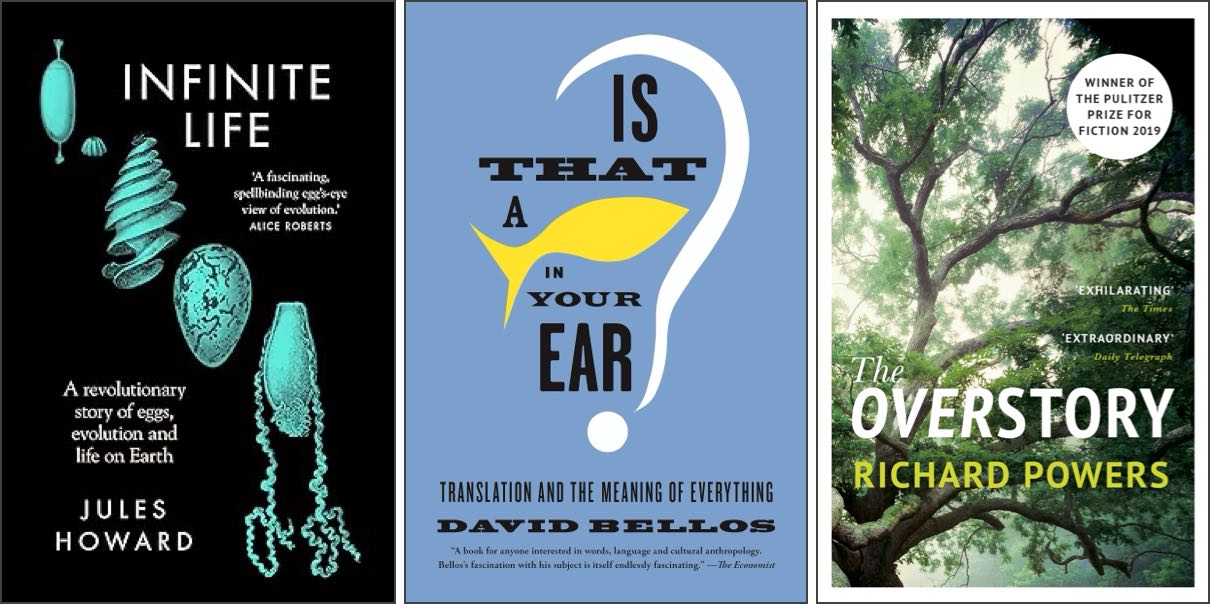
Way too much, basically. I’ll only review the films and series here which were above average in quality, or had some features I want to talk about.
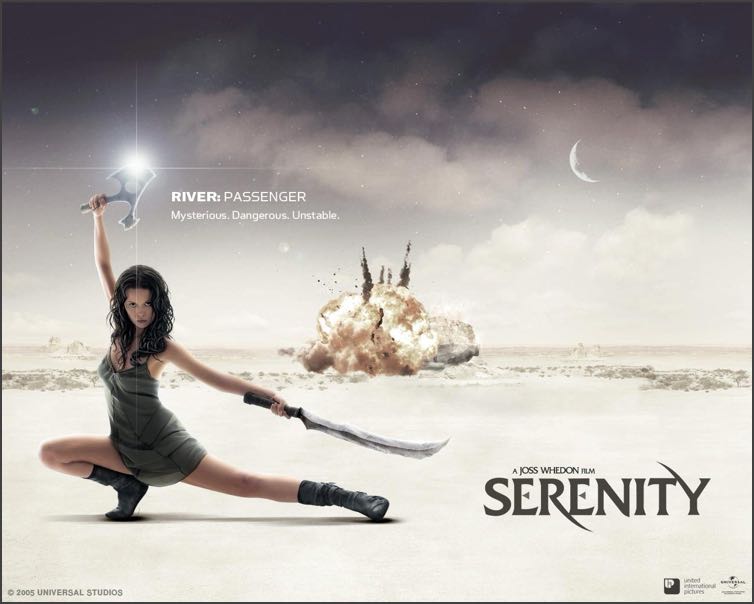
A very well-done conclusion to the TV series Firefly, which I talked about last issue. Same cast as the series, continuation of the plot line, neatly brings the story to a satisfying conclusion.
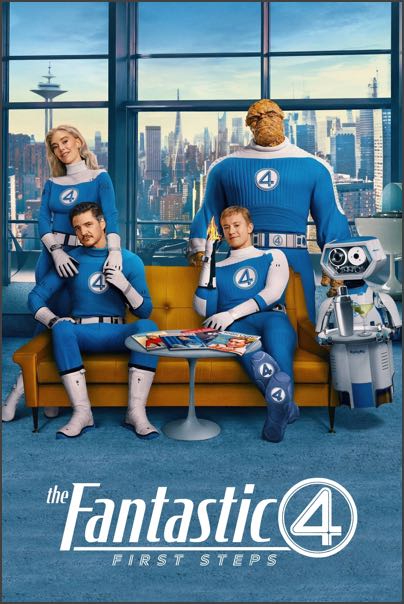
This is a refresh for Marvel after the Avengers Infinity Stones saga, set in a completely different timeline. This alternate Earth is a little like how the future was envisaged in 1950s science fiction. There’s a definite retro feel to the whole thing.
There have been several attempts to turn the Fantastic Four comics into movies, none of them particularly successful. This, to my mind, is definitely the best so far, partly because it doesn’t take itself too seriously.
I’ll be very interested to see where Marvel go with this story and this approach.
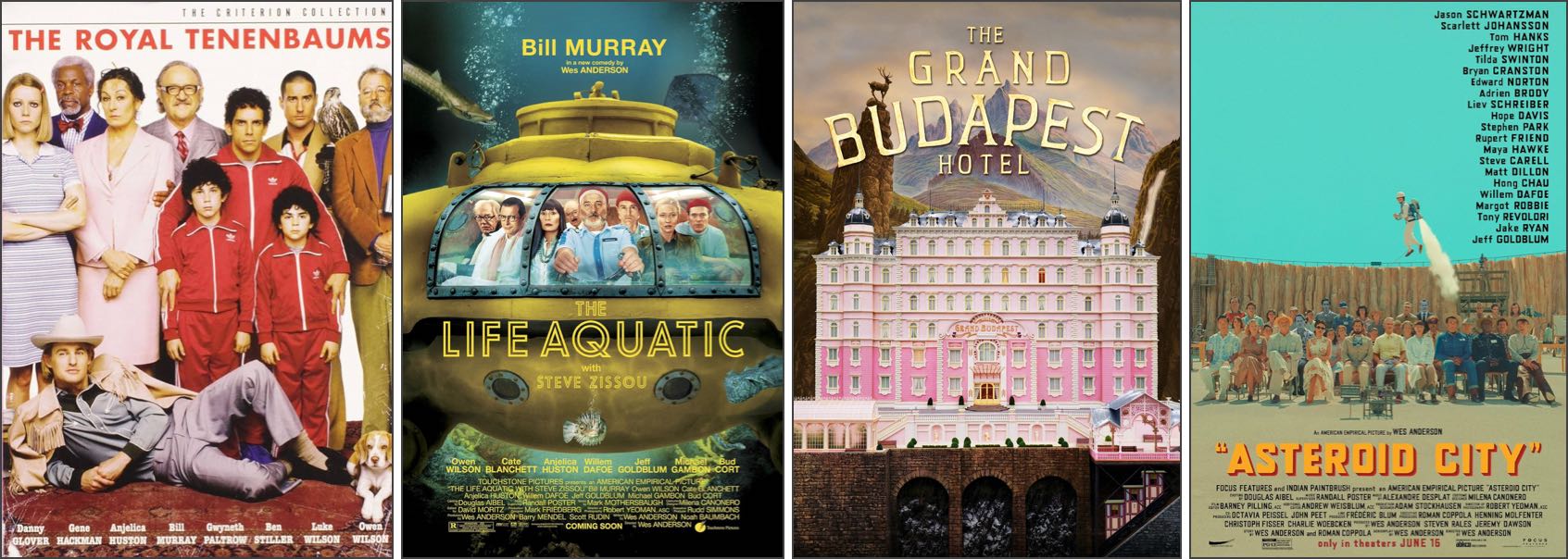
Perry and I talked about the Wes Anderson film Asteroid City on our podcast.
There’s a certain style to Wes Anderson films, so characteristic that there are a number of very funny parodies on YouTube imagining various well-known films as if re-made by Wes Anderson: Star Wars, The Lord of the Rings, Avatar etc. That style is pretty easy to parody: the use of a particular colour palette, the choice of fonts and graphic design, a voice-over narration, the use of models and generally unreal sets, the casting of particular actors Anderson favours, use of pop-songs in the soundtrack, and so on.
But I realised that I hadn’t actually seen any other films by this iconic director, so I decided to do the research and watch as many of his films as I could in the week before the podcast recording. All of these, it turned out, were available through the Disney+ streaming service.
Consequently, I saw the following movies in quick succession. Just brief notes on each:
Released in 2001, this is a story about a highly disfunctional American family, the Tenenbaums. It’s a very funny absurdist drama. It has a terrific ensemble cast, all of whom do a great job: Gene Hackman as Royal Tenenbaum, the long-absent paterfamilias; Angelica Houston as his divorced wife; Danny Glover as her new husband; Luke Wilson as the eldest Tenenbaum son; Gwyneth Paltrow as Margot, the self-destructive only (and as it turns out, adopted) daughter; Bill Murray as her frustrated husband; Ben Stiller as the youngest son; and Owen Wilson as a friend of Richie with the hots for Margot.
Released in 2004, this is pretty much just a vehicle for Bill Murray to do his thing. Here he is the commander of a deep-sea diving team, whose expeditions are devised as episodes of a regular television show. Like Captain Ahab, he is driven, he says, to catch the sea monster which killed his long-time partner. Lots of amusing stuff, but it wasn’t very deep or meaningful.
Released in 2014, this is the one I enjoyed the most. Ralph Fiennes is brilliant and very funny. You don’t normally see him in comic roles, but he does a terrific job here as Monsieur Gustave, the concierge of the Grand Budapest Hotel, who finds himself accused having murdered a wealthy patroness so that he can inherit her estate. With a young assistant, the lobby boy, Zero, he sets off to try to clear his name and a very funny series of events ensue.
Released in 2023, this is the most enigmatic of the Anderson films I saw. I guess if you had to characterize the film—it’s very hard to describe really—but if you had to characterize it, it’s a science fiction comedy, though the SF elements are completely tongue-in-cheek and not meant to be taken seriously, or meant to be believable. But that’s all kind of several levels down because the main story is portrayed as the visualization of a play written in the 1950s. So the overall theme seems to be an intricate meta-narrative about the whole process of theatre and film. The fourth wall is constantly being broken through, and these various levels push us to think quite a bit about the interplay between writing, acting and reality.
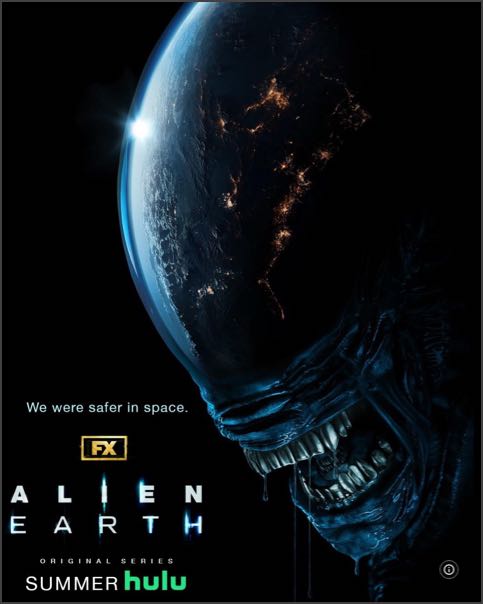
This is the TV series I’ve enjoyed the most over the last couple of months. It is not produced by Ridley Scott, the director of the original Alien movie (1979), but it’s clearly backed by him, as he’s listed as an executive producer. What I liked about this is how faithful it is, particularly at the beginning, to that original movie.
I’m not a fan at all of Aliens, which is the James Cameron-directed second movie. I know people seem to love it. I don’t at all because I think it misses all of the subtlety of the original, 1979 Alien movie. But I liked this. I thought this particular series was very faithful to the original.
Without going into the whole plot, there’s obviously been a spacecraft which is has been sent out deliberately to try to find alien creatures. The world at that stage is run by five major corporations, and you can imagine that turning out to be the case one day. And so this ship has been sent out and the ship is identical really to the Nostromo, which is the the ship in the original movie. And so all the interiors, all the interior iconography and so on, it’s all the same as the original movie, as designed by Ron Cobb. The slow sleep stations, all of that is is very similar. Even down to the control booth where the guy talks to “Mother”. It all looks identical to the original.
One of the things I thought was very clever was that if you look back and re-watch the 1979 movie, the thing which dates it like mad is all the computer displays. By today’s standards, they’re incredibly crude. And so it dates that movie. But in the TV series they use the same computer stuff, but now it appears like a deliberate design choice of the spaceship designers. I thought that was very clever.
So there’s that one element of this, the ship which has gotten on board a whole bunch of these alien creatures. including those egg-pods that the original face-hugging alien creatire comes out of. But there’s a whole lot of other things too. So that’s one thread.
The other thread is on Earth, where one of these corporations, led by Boy Kavalier, a guy who is like Elon Musk on steroids. He’s this laid-back young guy who is certain that he’s the cleverest guy in the entire world, he’s a trilllionaire, and he runs the Prodigy corporation. And what they’re doing is that they’re taking young children who are dying of cancer and they’re transferring their identities into “synths”, synthetic beings. They’re kind of like robots. Think of Ash in the original movie, although I think Ash might have been a slightly different kind of construct. They’re taking these dying children, they’re apparently saving their lives by putting them into the synths but the bodies that they give them have to be adult bodies. Because these synthetic bodies are not going to change and grow. So they have to take these children’s minds and put them into these adult bodies. But they’re still children, mentally. So this whole thing, the ethics of this is very dubious. Is this a good thing that they’re doing or not? Very clever. And that all then interacts.
The last thing I’ll say about it, is that the alien monster out of the original movie, which makes a reappearance here, is probably the least scary monster in this series. There’s one particular other one which is… urg!
I definitely recommend it. Anybody who gets the chance to see it, I think they should, particularly if you’re a fan of the original movie.
There’s no sign at the moment that there will be another season, but I really hope they do bring one out.
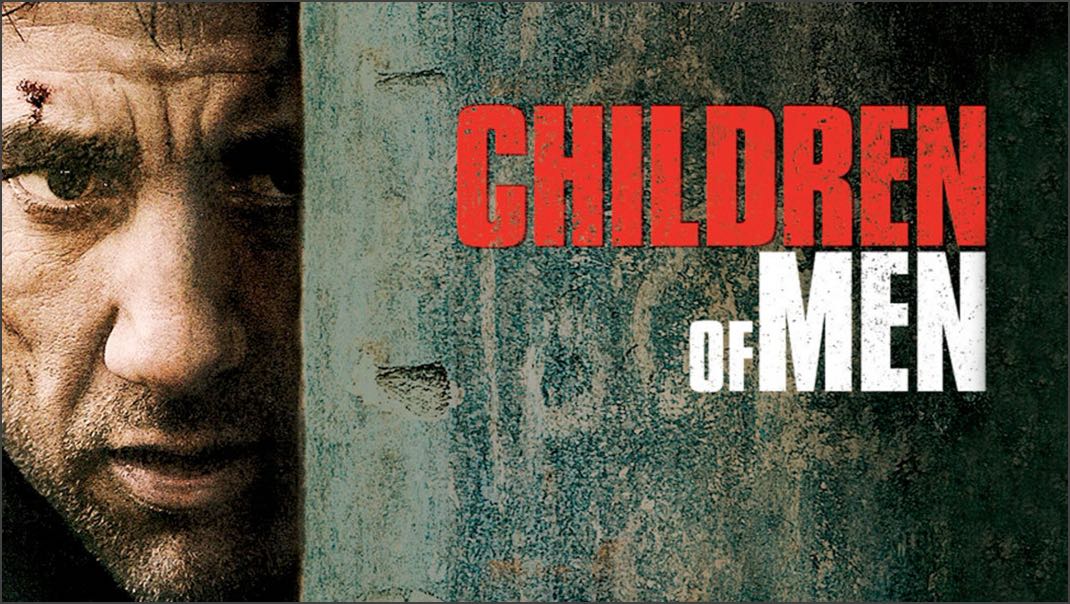
Children of Men was released in 2006. It’s based on a novel by P.D. James, who otherwise wrote almost entirely in the crime genre.
The film is set in a dystopian near-future Britain where society faces a crisis of infertility, leading to there having been no live births for two decades. The UK has devolved into a totalitarian state marked by chaos, where refugees are persecuted (and possibly executed), and despair prevails. The cinematography of the fim is wonderful, particularly the use of a muted palette of colours, very long takes and in general a documentary-like realism that immerses viewers in the film’s gritty atmosphere and captures the bleakness of a world devoid of children.
Clive Owen does an excellent job as Theo, an ex-activist who has become disillusioned with life. He is thrust into a perilous mission when his ex-wife, Julian, played by Julianne Moore, recruits him to help transport a refugee, Kee, amidst the backdrop of societal collapse. There’s a moment of real shock when Kee reveals her pregnant belly to Theo. A pregnancy when there has been none for nearly 20 years. Her pregnancy makes her a symbol of hope for humanity, but her value makes her a pawn to different interest groups as they try to use her for their own ends.
And even though it was released in 2006, the themes of the film dealing with refugees and human rights couldn’t be more timely given recent events in the United States.
Highly recommended.

I originally saw this TV series on Amazon Prime when it first came out in 2019, and enjoyed it greatly. Recently I saw that it was available to borrow on DVD from my library, and so have been watching all three seasons again. However, I had never seen the original 2011 movie on which the story of Hanna is based, so I found it available for rent and watched it out of interest to compare the two takes on the idea, which is basically the idea of a young girl raised by her father in the wilderness to be a lethal fighting machine. We later discover that she is the result of a genetic experiment by a government organisation, an experiment that one senior executive, a woman called Marissa Weigler, is desperate to keep secret.
The original movie stars Saorise Ronan as Hanna, Eric Bana as her father and Cate Blanchett as Marissa Weigler, and it’s very well done, as you would expect from this excellent cast. It maintains a high level of tension throughout.
The TV series has Esme Creed-Miles as Hanna, Joel Kinnaman as the father, and Mireille Enos as Marissa Wiegler, and all again do a great job. The backstory to the development of the TV series is that David Farr, one of the co-writers of the movie, found himself wanting to provide much more detail for Hanna’s origins, and speculating on what would have happened to Hanna after the end of the movie. The TV series changes that ending and leads to a much more nuanced and interesting character arc for Marissa Weigler. In the original movie, that character is straighforwardly self-interested and evil; in the TV series she finds herself pushed in a very different direction.
Look, I enjoyed both of these, but I liked the sustained storytelling possible in the TV series, which of course is far longer than the movie could be.
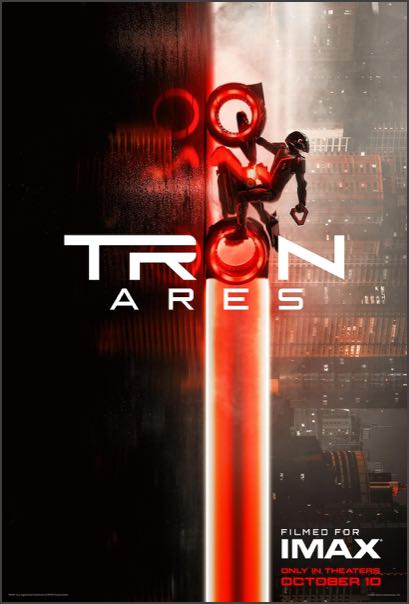
I saw this in the cinema, in 3D, which was interesting, at least. It was the first movie I’d seen in 3D for many years. There were lots of gimmicks in the film to show off the 3D nature of it, but to be perfectly honest I would have been just as happy or even happier, to have seen it in 2D.
As for the movie itself, it was an OK extension of the Tron story, with an obligatory short cameo by Jeff Bridges. Basically it brings the digital assets of The Grid—introduced in the original 1982 movie—into the real physical world, with catastrophic effects. As I said, OK, but not great.
If you’d like to make a modest contribution to my efforts in this newsletter, I’d love it if you would buy me a coffee.
Want to comment? Please send an email to:

© Copyright 2025 by David R. Grigg
and licensed under Creative Commons License CC BY-ND 4.0.